In the 1930s, men's waistcoats became the ultimate style statement, blending sharp tailoring with a dash of elegance. You'd see sleek 6-button designs, often single or double-breasted, hugging those high-waisted trousers just right. Think comfy wool or snazzy silk, with bold patterns like herringbone and checks that screamed sophistication. And let's be honest, who doesn't want to channel a bit of Cary Grant? These waistcoats weren't just for show; they boosted your confidence, too! So, if you've got a knack for style or just love learning about fashion, there's plenty more fascinating stuff waiting for you!
Evolution of Waistcoat Styles
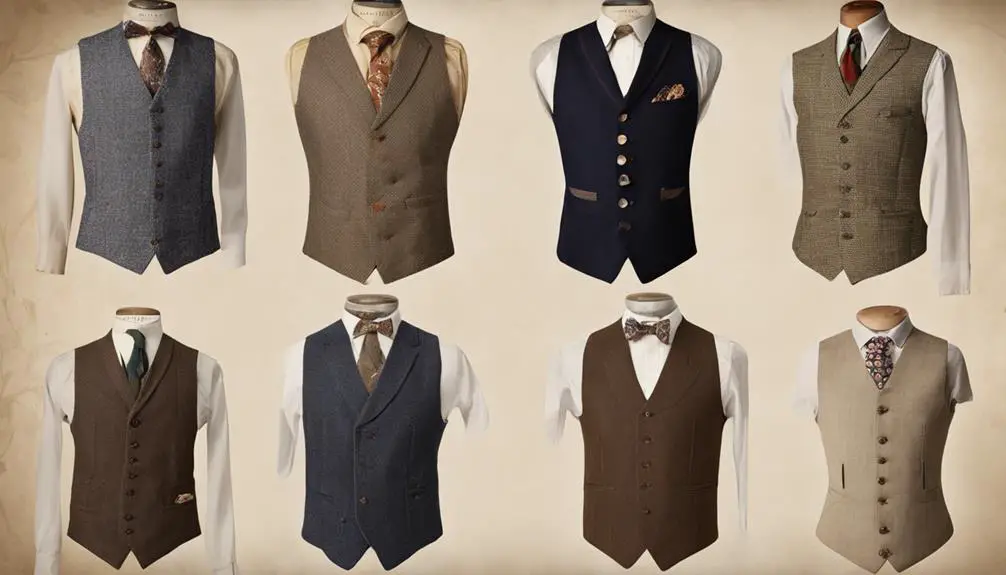
The evolution of waistcoat styles in the 1930s marked a significant shift in menswear, as designers embraced tailored silhouettes that defined the decade. You might've noticed that classic V neck waistcoats became all the rage, featuring those sleek 6-button designs. Whether you preferred the single-breasted or double-breasted styles, there was something for everyone. They offered a polished look that really stood out!
During this time, solid colors and thin pinstripes gained popularity. Imagine stepping out in a waistcoat that not only contrasted with your suit but also added a touch of sophistication. That's what you'd see in the 1930s! High rise waistcoats emerged, offering a sleek, tailored fit that hugged your frame just right. Talk about looking sharp!
Craftsmanship was key in this era, and double-breasted waistcoats maintained that dapper appeal. With unique details and intricate patterns, they showcased a level of attention that made each piece special. And let's not forget about the fabrics! Wool, tweed, and silk blends were common, making these waistcoats not just stylish but comfortable too.
Materials and Fabrics Used
Waistcoat craftsmanship in the 1930s showcased a stunning array of materials that defined the era's menswear. When you think of waistcoats from this period, you've got to take into account the luxurious fabrics used, like wool, tweed, and silk blends. Wool was a favorite because it offered warmth and durability, making it a top choice for tailored three-piece suits. You could really feel the quality when you put one on!
Tweed brought a unique texture and rustic appeal to the mix. It's like wearing a piece of history! On the other hand, silk was reserved for more formal occasions, providing that smooth finish everyone loved for evening wear. Who wouldn't want to look dapper at a dinner party?
Now, let's talk about patterns. In the '30s, waistcoats weren't just plain; they featured bold patterns like herringbone, checks, and pinstripes. These designs showed off the era's adventurous fashion sense and made every outfit pop. Plus, the high rise of these waistcoats meant they fit perfectly with high-waisted trousers. This combo not only enhanced your silhouette but also made you look sharp and stylish.
Popular Patterns and Colors
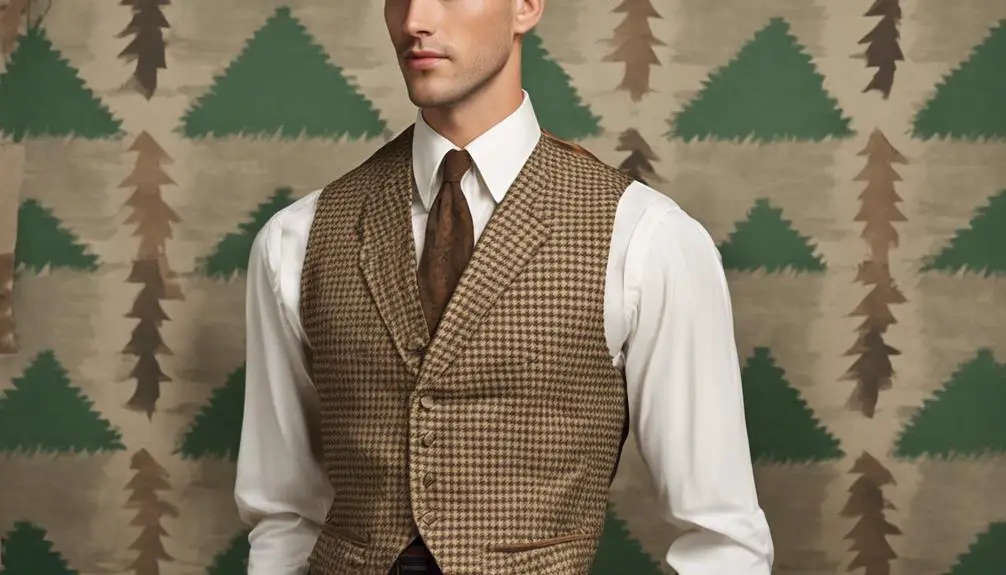
What patterns and colors define the essence of 1930s waistcoats? Well, let's explore! The 1930s were all about making a statement with waistcoats, and that meant bold patterns. Think stripes, plaids, and checks that really popped. You'd often see these eye-catching designs on double-breasted waistcoats, adding a touch of sophistication to any outfit.
When it comes to fabrics, wool and tweed were the go-to choices. These textured materials not only felt great but also gave depth to your look. Imagine the rich feel of a wool waistcoat paired with the smoothness of silk blends—talk about classy!
As for colors, the choices were vibrant. You had classic neutrals like gray and brown, but why stop there? Bright shades were in vogue, allowing you to mix and match with your three-piece suits. Picture yourself stepping out in a bold blue waistcoat, perfectly contrasting with a charcoal suit. You'd definitely turn heads!
Influence of Culture and Cinema
Influenced by the vibrant styles of the 1930s, culture and cinema played pivotal roles in shaping men's fashion, particularly waistcoats. Stars like Cary Grant and Clark Gable rocked tailored suits and waistcoats, making them synonymous with Hollywood glamour. Who wouldn't want to look like a leading man, right?
Here are three ways cinema influenced waistcoat fashion in the 1930s:
- Gatsby Style: Inspired by F. Scott Fitzgerald's character, Jay Gatsby, the lavish lifestyle of the 1920s and 1930s highlighted waistcoats as essential pieces of menswear. They became symbols of sophistication and upper-class charm.
- Cinematic Inspiration: Films like *It Happened One Night* and *The Thin Man* showcased stylish three-piece suits that captured the public's imagination. People wanted to emulate the elegance they saw on screen, and waistcoats were a must-have.
- Hollywood Glamour: Even during the Great Depression, while practical styles emerged, Hollywood kept the spotlight on elaborate waistcoat designs. This glamour kept waistcoats alive in popular culture, influencing men's fashion choices everywhere.
Waistcoats in Formal Attire
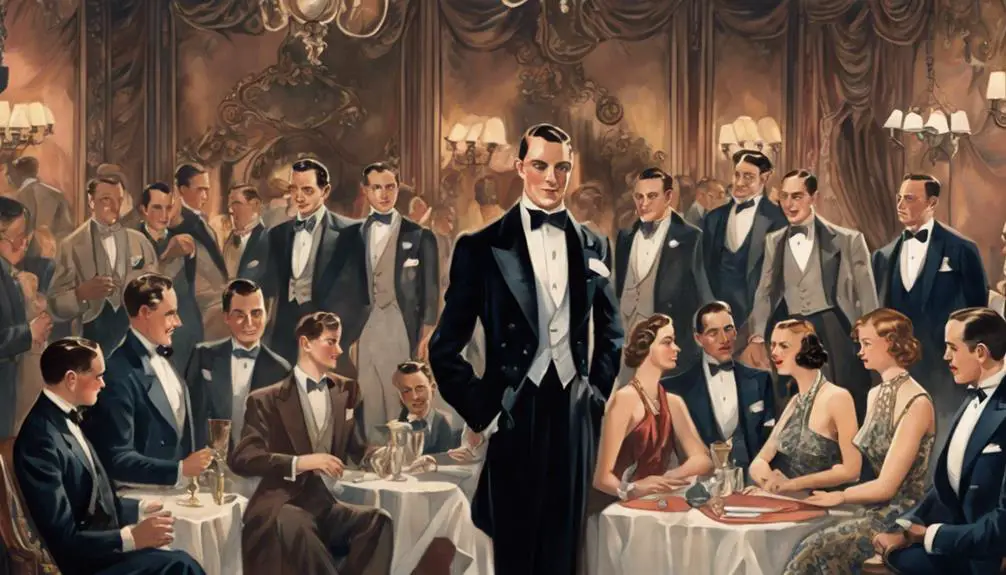
In formal settings during the 1930s, a well-fitted waistcoat was essential for achieving a polished look. Envision stepping into a room wearing a tailored three-piece suit, complete with a luxurious waistcoat. You'd instantly feel more confident, right? These waistcoats were crafted from fabulous fabrics like wool, silk, and tweed, bringing an air of sophistication to your formal attire.
High rise waistcoats were all the rage, hugging the waist and creating a sleek silhouette when paired with matching trousers and jackets. Plus, the double-breasted designs not only offered a tailored fit but also made you look distinguished, perfect for any evening event. Want to stand out? Choose one with stylish patterns like pinstripes or herringbone, adding that extra visual flair to your ensemble.
But don't stop at just the waistcoat—accessories made a big difference too! Pocket watches and bow ties completed the look, enhancing the elegance of your outfit. Envision this: you walk into a gathering, and everyone notices your impeccable style. They can't help but admire your attention to detail.
Frequently Asked Questions
When Did Men Start Wearing Waistcoats?
You'll find waistcoat history traces back to the 17th century, influenced by Victorian fashion evolution. Tailoring techniques evolved, enhancing social status in formal attire, while fabric choices and color trends shaped styling tips for casual wear.
Why Did Men Stop Wearing Waistcoats?
Men stopped wearing waistcoats due to fashion evolution prioritizing style practicality, influenced by World War experiences and cultural shifts. Casual trends emerged, driven by economic factors and celebrity influence, leading to a decline in formal attire.
What Did Guys Wear in the 1930S?
In the 1930s fashion, you'd wear tailored suits for formal occasions and embrace vintage style in casual wear. Celebrity influences shaped accessory trends, while vibrant color palettes and diverse fabric choices reflected evolving social norms.
When Should a Man Wear a Waistcoat?
You should wear a waistcoat for formal occasions, stylish layering, or business attire. It's perfect for wedding outfits, social events, and even casual ensembles, allowing you to express personal style while adhering to dress codes and seasonal trends.
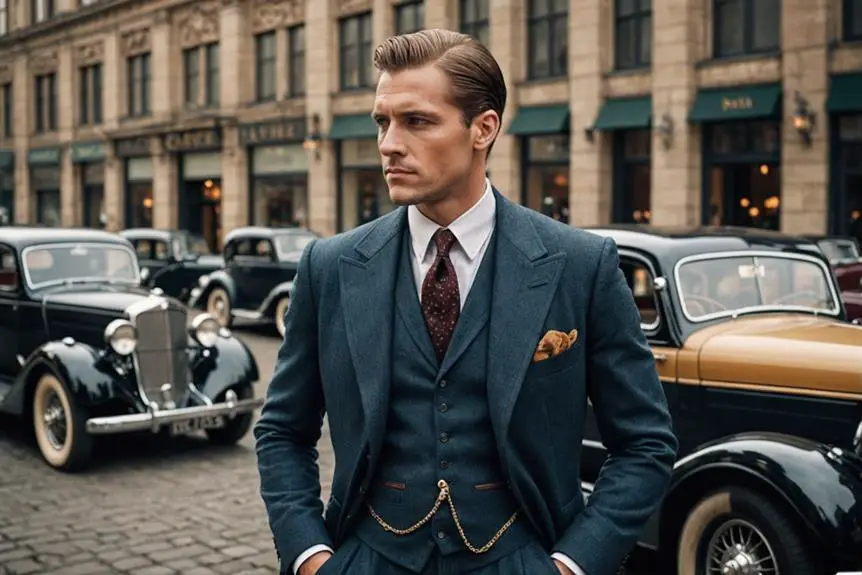

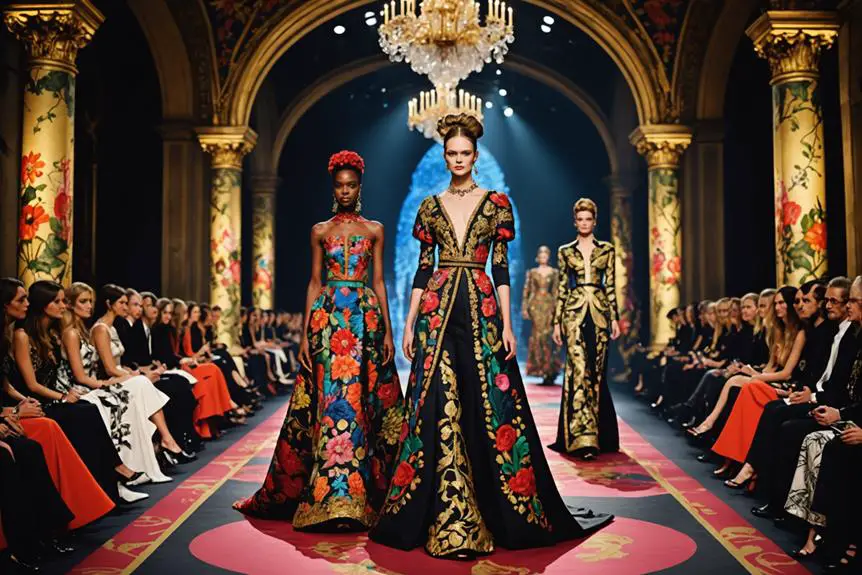
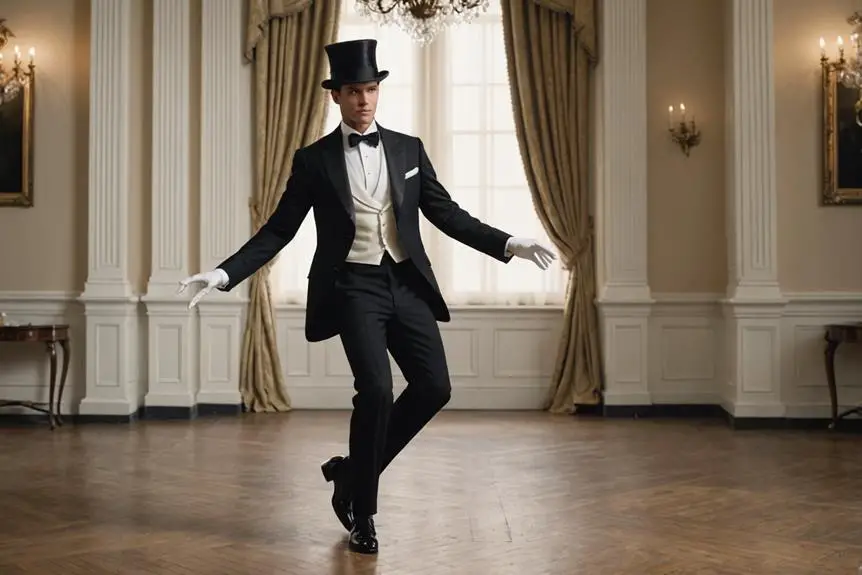

That is very interesting, You’re an overly
skilled blogger. I have joined your rss feed and sit up for in the hunt
for more of your wonderful post. Additionally, I have shared
your website in my social networks
web site
Have you ever thought about including a little bit more
than just your articles? I mean, what you say
is valuable and everything. However think about
if you added some great graphics or video clips to give your posts more, “pop”!
Your content is excellent but with images and clips, this website could definitely be one of the most beneficial in its niche.
Fantastic blog!
casino en ligne
Excellent website. Plenty of helpful info here.
I’m sending it to some friends ans also sharing in delicious.
And naturally, thank you for your sweat!
casino en ligne
Hello friends, its fantastic paragraph regarding teachingand entirely explained, keep it up all the time.
casino en ligne
You actually make it appear really easy with your presentation but I to find this matter to be actually
something that I think I would never understand.
It sort of feels too complicated and extremely huge for
me. I’m having a look forward to your next post, I will try
to get the cling of it!
casino en ligne
Right here is the perfect webpage for everyone who hopes to understand this
topic. You realize so much its almost hard to argue with you (not that I actually will need to…HaHa).
You definitely put a new spin on a subject that’s
been written about for a long time. Wonderful stuff, just
excellent!
casino en ligne
I like the helpful info you provide in your articles.
I will bookmark your blog and check again here frequently.
I’m quite sure I’ll learn lots of new stuff right here!
Good luck for the next!
casino en ligne
Really when someone doesn’t be aware of then its up to other viewers that they will assist, so here it takes place.
casino en ligne
I just like the helpful info you supply to your articles.
I will bookmark your blog and take a look at again here frequently.
I am rather sure I’ll be told many new stuff proper here!
Good luck for the following!
casino en ligne
Hey there, You have done an incredible job.
I will definitely digg it and personally recommend to my friends.
I am sure they will be benefited from this site.
casino en ligne
The event began with a press conference with the participation of President of the Institute of National Remembrance, Karol Nawrocki, PhD. Then an immersive game projection began, during which participants could enter the world of the war past and feel the realistic atmosphere of “Aviators”. Podziel si? swoj? opini? z innymi Klientami © www2.carapicuiba.sp.gov.br Wska?nik intensywno?ci zabudowy jak go obliczy? Garmin Forerunner 265 Zasady ochrony prywatno?ci mog? si? ró?ni?, np. w zale?no?ci od u?ywanych funkcji lub Twojego wieku. Wi?cej informacji List? sklepów publikujemy tutaj: Jakie sklepy w Galerii Navigator Na budow? zegarka sportowego Garmin D2™ Mach 1 Aviator 010-02582-55 sk?adaj? si?: Call To Order Wi?cej informacji na Facebooku. Czym je?d?? (motocykl)
https://planetcomputers-ks.com/bet-on-red-login-odzyskiwanie-dostepu-i-logowanie-2fa_1752659275/
Sugar Rush by? ju? ?wietn? gr?, a Sugar Rush 1,000 przenosi j? na wy?szy poziom. Krótko mówi?c, jest to obowi?zkowa gra dla wszystkich mi?o?ników slotów. Santa’s Xmas Rush Slots Demo Bierz udzia? w tych dyskusjach, zadawaj pytania i s?uchaj do?wiadcze? i porad innych. Korzystaj?c ze zbiorowej m?dro?ci spo?eczno?ci graczy, mo?esz zyska? nowe perspektywy, odkry? ukryte strategie i udoskonali? w?asne podej?cie, aby zmaksymalizowa? swój sukces w Sugar Rush 1000. W automacie Sugar Rush od Pragmatic Play czeka na Was masa s?odkich bonusów, niczym kosz pe?en cukierków – i ka?dy oferuje w?asne szanse na solidne wygrane. Po pierwsze, mamy Free Spins, które daj? niez?y impuls do gry i spore mo?liwo?ci na zwi?kszenie wygranej. Nast?pnie warto wspomnie? o Multiplier Spots, które pojawiaj? si? na wygrywaj?cych miejscach na planszy, zwi?kszaj?c potencjalne nagrody za kolejne trafienia. Nie zapomnijmy o opcji Buy Feature, dzi?ki której nie trzeba czeka? na aktywacj? Free Spins, lecz mo?na je kupi? za 100-krotno?? stawki. Wszystkie te bonusy s? esencj? tej gry – omówimy je szczegó?owo w dalszej cz??ci!